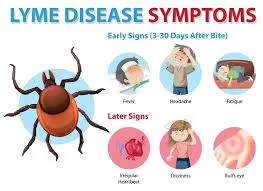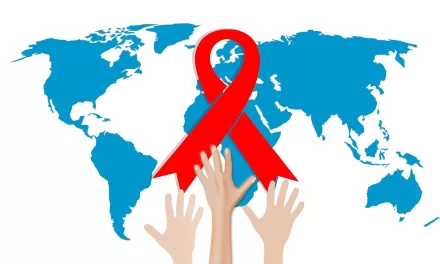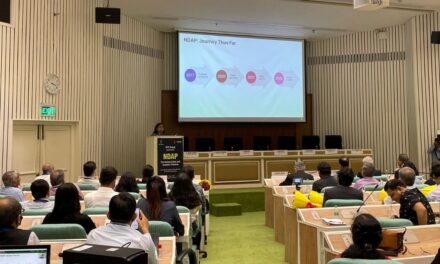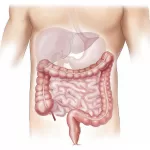A recent study from Ohio has raised significant concerns about the effects of cannabis exposure during pregnancy, finding a link between prenatal cannabis use and developmental delays in children by age 5. Published in JAMA Pediatrics, the study followed 250 children born between 2010 and 2016 at Ohio State University Wexner Medical Center, tracking their cognitive, behavioral, and emotional development up to age five. The findings indicate that children exposed to cannabis in utero exhibit poorer performance in thinking skills, attention, impulse control, and planning compared to those without such exposure. Additionally, increased levels of aggression were observed among these children.
The study defined cannabis exposure through one or more criteria: urine test results detecting THC metabolites, self-reported cannabis use by the mother during pregnancy, or medical records indicating cannabis use. THC, the active ingredient in marijuana, is known to pass through the placenta, potentially impacting fetal brain development. Notably, 32% of the study’s children (80 of 250) had been exposed to cannabis during pregnancy.
Lead researcher Dr. Sarah Keim, PhD, from Nationwide Children’s Hospital, cautioned against using cannabis for managing pregnancy-related symptoms such as nausea and stress, advising women to consult healthcare providers for safer alternatives. “Although cannabis is a natural product, there are still many risks to using it during pregnancy,” Dr. Keim explained. “Consulting with a health care provider to find safer options is crucial.”
The children underwent a range of assessments to gauge cognitive and behavioral development. Interactive activities measured attention and focus, while others observed signs of aggression, such as hitting a toy doll’s head. Caregivers also provided insights into the children’s behaviors and abilities, though self-reports showed little variation between those exposed to cannabis in utero and those unexposed.
Although the study sheds light on potential developmental concerns, experts advise caution in generalizing the findings. An editorial accompanying the research noted the study’s limitations: its relatively small sample size, single-hospital focus, and the demographic characteristics of the participants, who were primarily Black and living in low-income households. “It is well recognized that adverse exposures often co-occur,” the editorial noted, highlighting the complexities of isolating cannabis exposure from other environmental and socioeconomic factors.
The editorial further emphasized the importance of supporting mothers who use cannabis during pregnancy with mental health and social services, recognizing that such support could enhance outcomes for both mothers and children. Given the intricacies of early childhood brain development, the authors suggested these interventions could offer valuable intergenerational benefits.
As of recent data, up to 7% of pregnant individuals in the United States report using cannabis during pregnancy, often to alleviate symptoms like nausea and sleep disturbances. However, this study underscores the need for caution and recommends that those considering cannabis consult healthcare providers about safer treatment alternatives during pregnancy.












